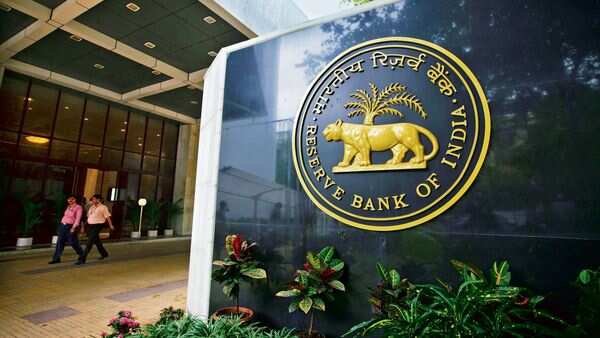RBI Sets Guidelines for Penal Charges on Loan Defaults
The Reserve Bank of India (RBI) has issued guidelines to lenders, directing them to categorize penalties for borrower defaults as ‘penal charges’ rather than ‘penal interest.’ The RBI’s guidelines emphasize that these charges must be “reasonable” and proportional to the breach of the loan agreement, without discrimination within specific loan/product categories.
The directive comes after the RBI discovered that certain lending institutions were imposing penal interest rates on top of the regular interest rates for loan defaults. The guidelines also prohibit the compounding of penal charges. These rules apply to banks, excluding payments banks, NBFCs, and other financial institutions. Lenders must adhere to transparency by disclosing penal charges clearly in agreements and on their websites.
How does the RBI define penal charges in the context of borrower defaults?
The RBI has directed lenders to categorize penalties for borrower defaults as ‘penal charges’ rather than ‘penal interest.’ These charges are levied on borrowers for delayed payment of equated monthly installments (EMIs), non-compliance, or defaults.
What is the key principle behind the RBI’s guidelines on penal charges?
The RBI’s guidelines emphasize that penal charges must be “reasonable” and proportional to the non-compliance of the loan agreement. These charges should not discriminate within specific loan or product categories and should be based on fair lending practices.
Why did the RBI introduce these guidelines?
The RBI introduced these guidelines after discovering that some lending institutions were imposing penal interest rates on top of regular interest rates for loan defaults. The intention is to ensure that penal charges are reasonable and transparent for borrowers.
What restrictions are placed on penal charges for individual borrowers?
For loans sanctioned to individual borrowers for non-business purposes, penal charges cannot exceed the charges applicable to non-individual borrowers for similar non-compliance of loan contracts. This prevents unfair discrepancies in penal charges.
How should lenders ensure transparency and disclosure of penal charges?
Lenders are required to clearly disclose the quantum and reasons for penal charges in the loan agreement and key terms and conditions/Key Fact Statement (KFS). This information should also be displayed on the lenders’ websites under interest rates and service charges sections.
When do these new guidelines come into effect?
The RBI’s new guidelines will be effective from January 1, 2024. Lenders need to revise their policy framework and implement the instructions for all new loans availed or renewed from this date. Current loans are required to shift to the updated penal charges system either at the upcoming assessment, renewal date, or within a span of six months from the effective commencement date.
Month: Current Affairs - August, 2023
Category: Economy & Banking Current Affairs


